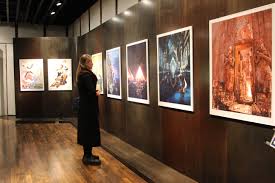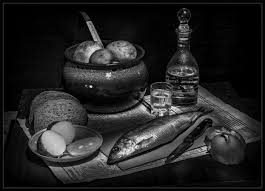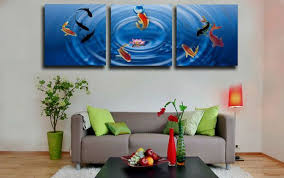retrograde
RUSSIAN Vanguard. MAIN DIRECTIONS (part 2)
 Russian avant-garde of his goals and aspirations.
Russian avant-garde of his goals and aspirations.
Like the trends of modernism that preceded it, the avant-garde was aimed at a radical transformation of human consciousness by means of art, at an aesthetic revolution that would destroy the spiritual inertness of existing society, while its artistic and utopian strategies and tactics were much more decisive, anarchistly rebellious. Not satisfied with the creation of exquisite “foci” of beauty and mystery that oppose the low-lying materiality of life, the avant-garde introduced into its images the crude matter of life, “street poetics”, the chaotic rhythm of the modern city, nature endowed with powerful creative and destructive power, he repeatedly emphasized declaratively in In their works, the principle of “anti-art”, thereby rejecting not only the old, more traditional styles, but also the established concept of art as a whole. Continue reading



